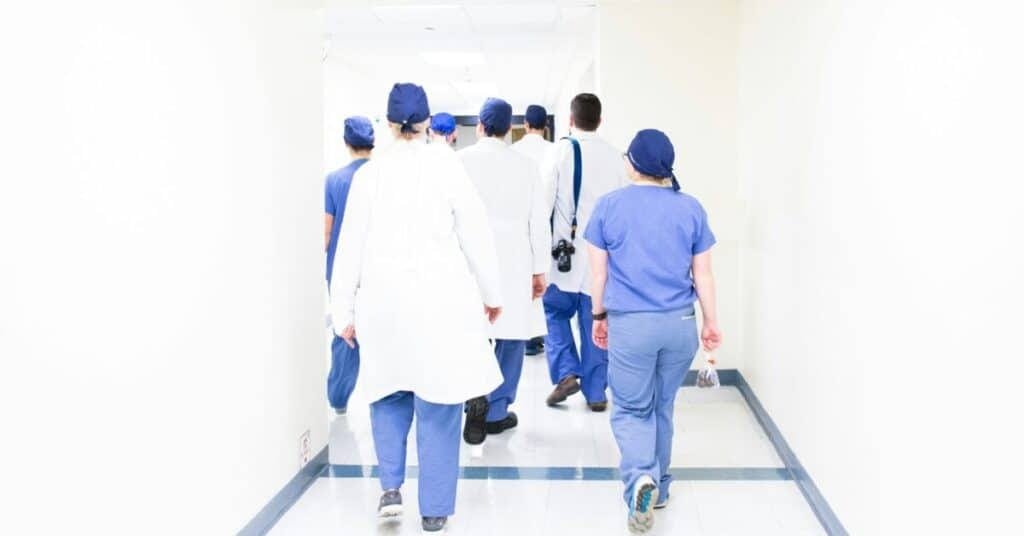The Importance of Preventive Healthcare: A Proactive Approach to Health
Introduction to Preventive Healthcare: Meet Sarah’s Wake-Up Call
Sarah, a 38-year-old marketing manager and mom of two, always put her health on the back burner. Between deadlines, soccer practices, and family dinners, she brushed off fatigue and occasional chest discomfort as “just stress.” That changed when her coworker, Greg, collapsed from a heart attack at 42. Shocked, Sarah realized she hadn’t had a check-up in years. She scheduled a preventive health screening—a decision that would change her life.
Preventive healthcare, as Sarah learned, isn’t just for the elderly or visibly unwell. It’s a proactive strategy to catch hidden risks and empower individuals to live longer, healthier lives. Sarah’s story underscores why early detection and screening matter—not just for survival, but for thriving.
Understanding Early Detection: Sarah’s Hidden Risk
During her check-up, Sarah’s doctor discovered her blood pressure was dangerously high—a “silent killer” with no obvious symptoms. Further tests revealed early-stage prediabetes. “Had I waited another year,” Sarah says, “I might’ve faced irreversible damage.”
Early detection works by identifying issues like hypertension, high cholesterol, or abnormal cells before they escalate. For Sarah, routine blood tests and a stress echocardiogram revealed risks she never felt. Key steps she took:
- Annual physicals: Uncovered her blood pressure spike.
- Genetic risk assessment: Revealed a family history of breast cancer, prompting a baseline mammogram.
- Lifestyle tracking: A wearable device highlighted poor sleep patterns worsening her stress.
“Knowledge is power,” Sarah says. “Catching these issues early let me take control instead of waiting for a crisis.”
The Importance of Screening: How Sarah Dodged a Bullet
Sarah’s mammogram, initially just a precaution, detected a small cluster of abnormal cells—stage 0 breast cancer. “I felt lucky,” she admits. “If I’d skipped that screening, I’d be in a very different place today.”
Screenings like mammograms, colonoscopies, and HbA1c tests (for diabetes) are designed to catch diseases early, often before symptoms arise. For Sarah:
- Mammogram: Led to minimally invasive surgery, avoiding chemotherapy.
- Colonoscopy at 45: Recommended due to her family’s cancer history, found benign polyps removed on the spot.
- Regular glucose monitoring: Helped reverse prediabetes through diet and exercise.
Screenings aren’t just life-saving—they’re cost-saving. Sarah’s early interventions spared her from costly hospital stays and grueling treatments.
The Role of Technology: Sarah’s 24/7 Health Coach
Sarah’s journey wasn’t just about clinics and labs. Technology became her ally:
- Her smartwatch: Tracked her heart rate variability, nudging her to meditate when stress spiked.
- AI-powered app: Analyzed her bloodwork trends and flagged prediabetes risks a year before symptoms.
- Telehealth visits: Let her consult nutritionists and therapists without missing work.
“Tech made prevention doable,” Sarah says. “It’s like having a health coach in your pocket.”
Conclusion: Sarah’s Message—Don’t Wait for a Crisis
Today, Sarah is an advocate for preventive healthcare. She’s reversed her prediabetes, maintains a heart-healthy lifestyle, and attends annual screenings religiously. “I want my kids to grow up seeing prevention as normal, not optional,” she says.
Sarah’s story isn’t unique—it’s a blueprint. By prioritizing early detection, leveraging screenings, and embracing technology, we can all rewrite our health narratives. Preventive care isn’t about fear; it’s about freedom—freedom to live fully, without the shadow of preventable disease.
As Sarah puts it, “Your future self will thank you for the 30 minutes you spend at a screening today.” Let’s make prevention the hero of our health stories.
AMA’s (American Medical Association) Top Preventive Health Recommendations
Address climate change as a public health threat, emphasizing prevention of heat-related illnesses and pollution-linked diseases.
Prioritize Regular Screenings
Advocate for age- and risk-appropriate screenings (e.g., cancer, diabetes, hypertension) to catch diseases early.
Example: Annual blood pressure checks, mammograms starting at 40, and colorectal cancer screenings at 45.
Address Social Determinants of Health (SDOH)
Tackle inequities in healthcare access tied to income, education, and environment.
Partner with community organizations to provide resources like healthy food programs and safe housing.
Promote Vaccinations
Increase uptake of routine immunizations (flu, HPV, COVID-19 boosters) to prevent infectious diseases.
Combat Chronic Diseases
Focus on preventing and managing obesity, diabetes, and heart disease through lifestyle interventions (diet, exercise, smoking cessation).
Leverage Technology for Prevention
Expand telehealth access and use AI tools for early risk prediction (e.g., identifying prediabetes or cardiovascular risks).
Mental Health Integration
Screen for mental health conditions (depression, anxiety) during routine visits and destigmatize access to care.
Policy Advocacy
Push for insurance coverage of preventive services without cost-sharing (e.g., free annual wellness exams).
Health Literacy Campaigns
Educate patients on preventive care benefits through culturally tailored outreach.
Workplace Wellness Programs
Encourage employers to adopt preventive health initiatives (e.g., subsidized gym memberships, stress management workshops).
Climate Health Initiatives
Address climate change as a public health threat, emphasizing prevention of heat-related illnesses and pollution-linked diseases.
For other review articles click here.

